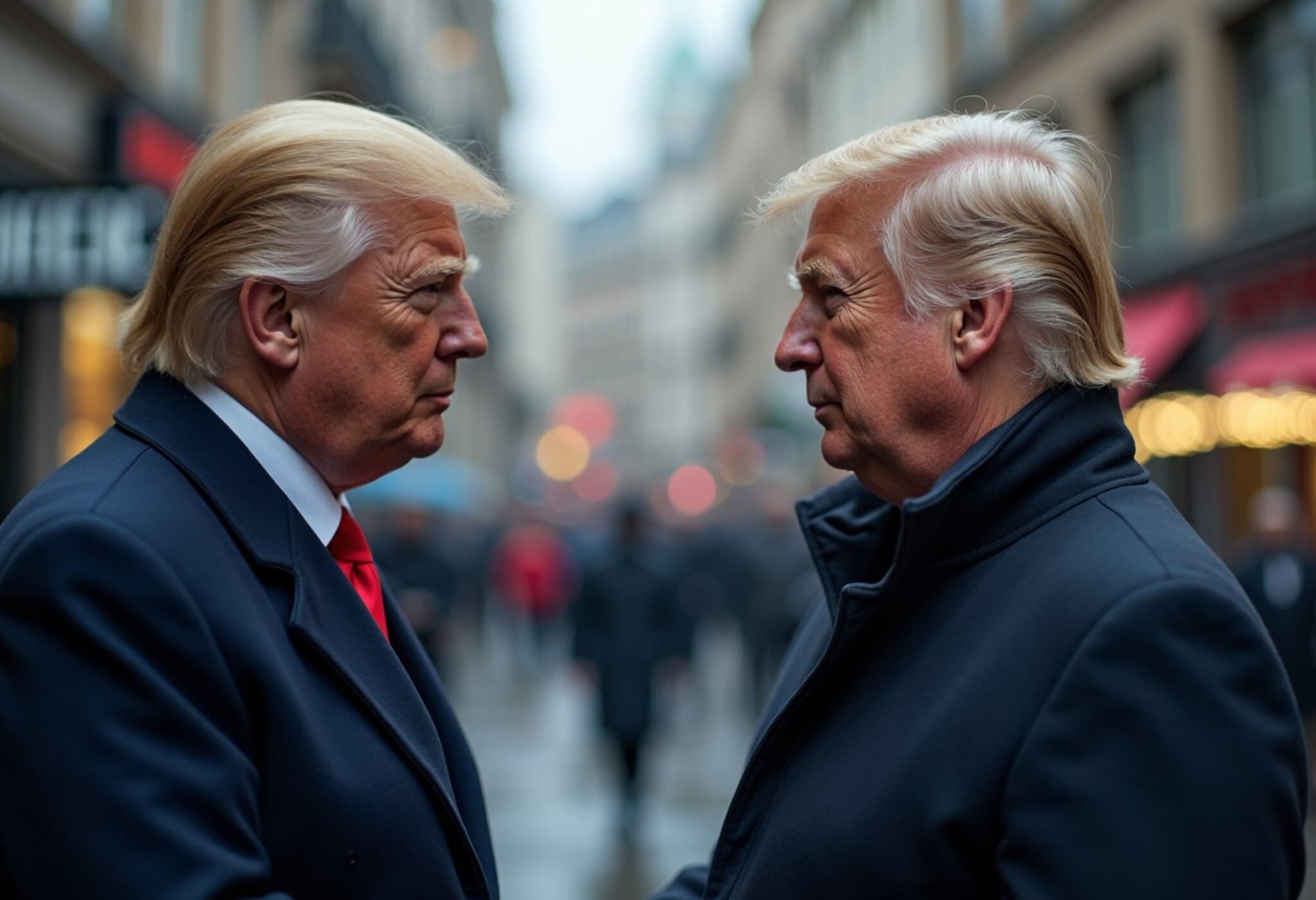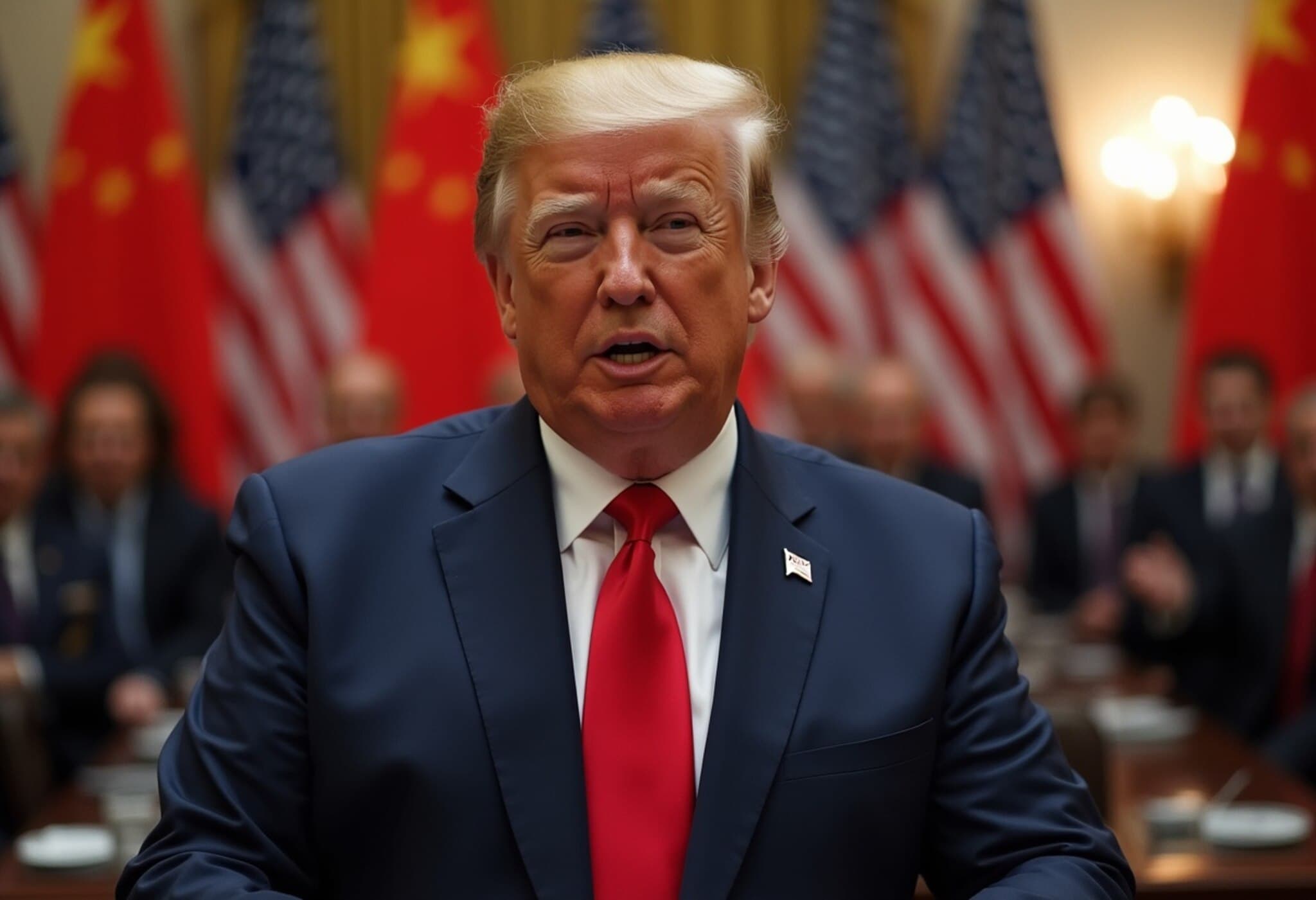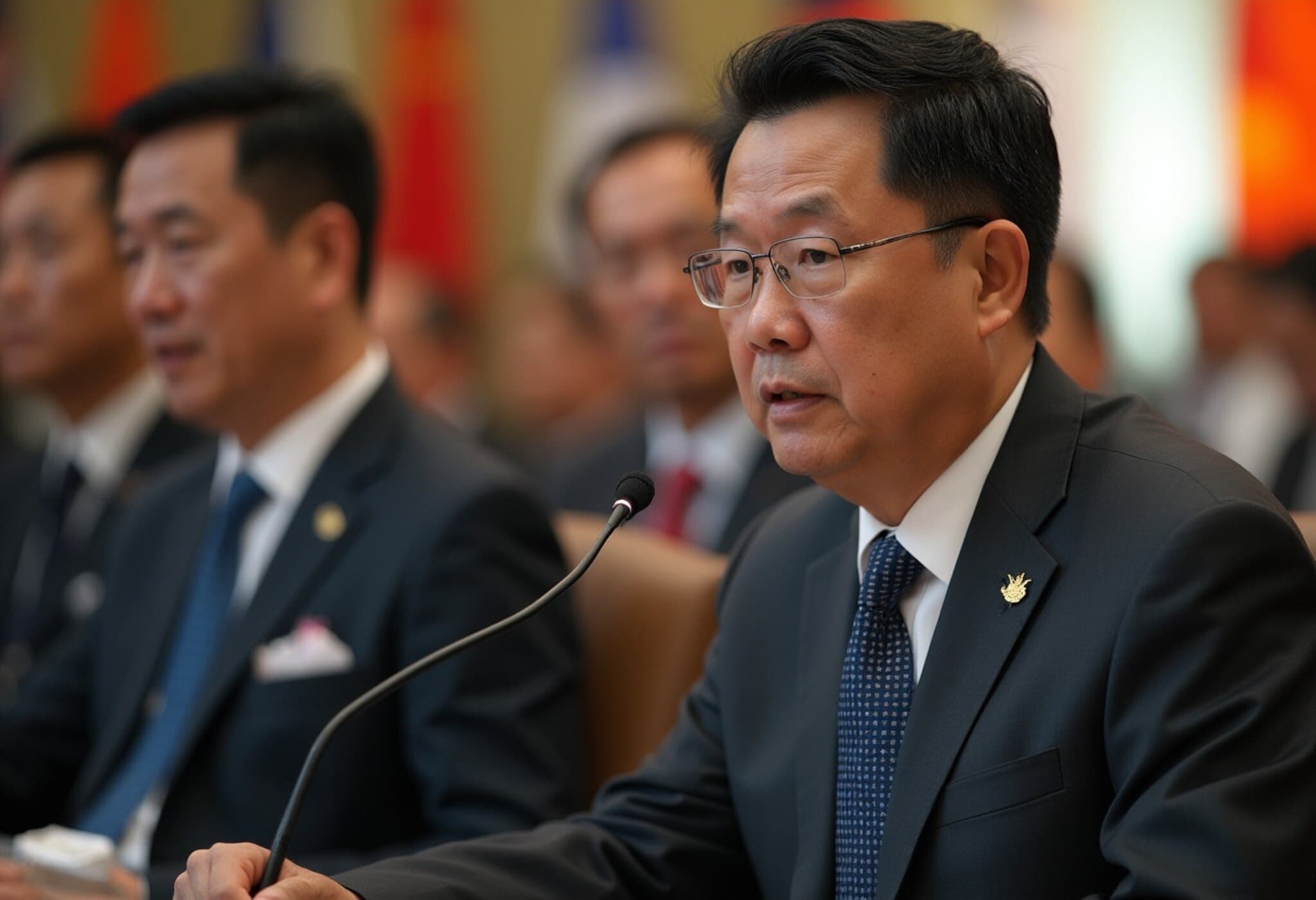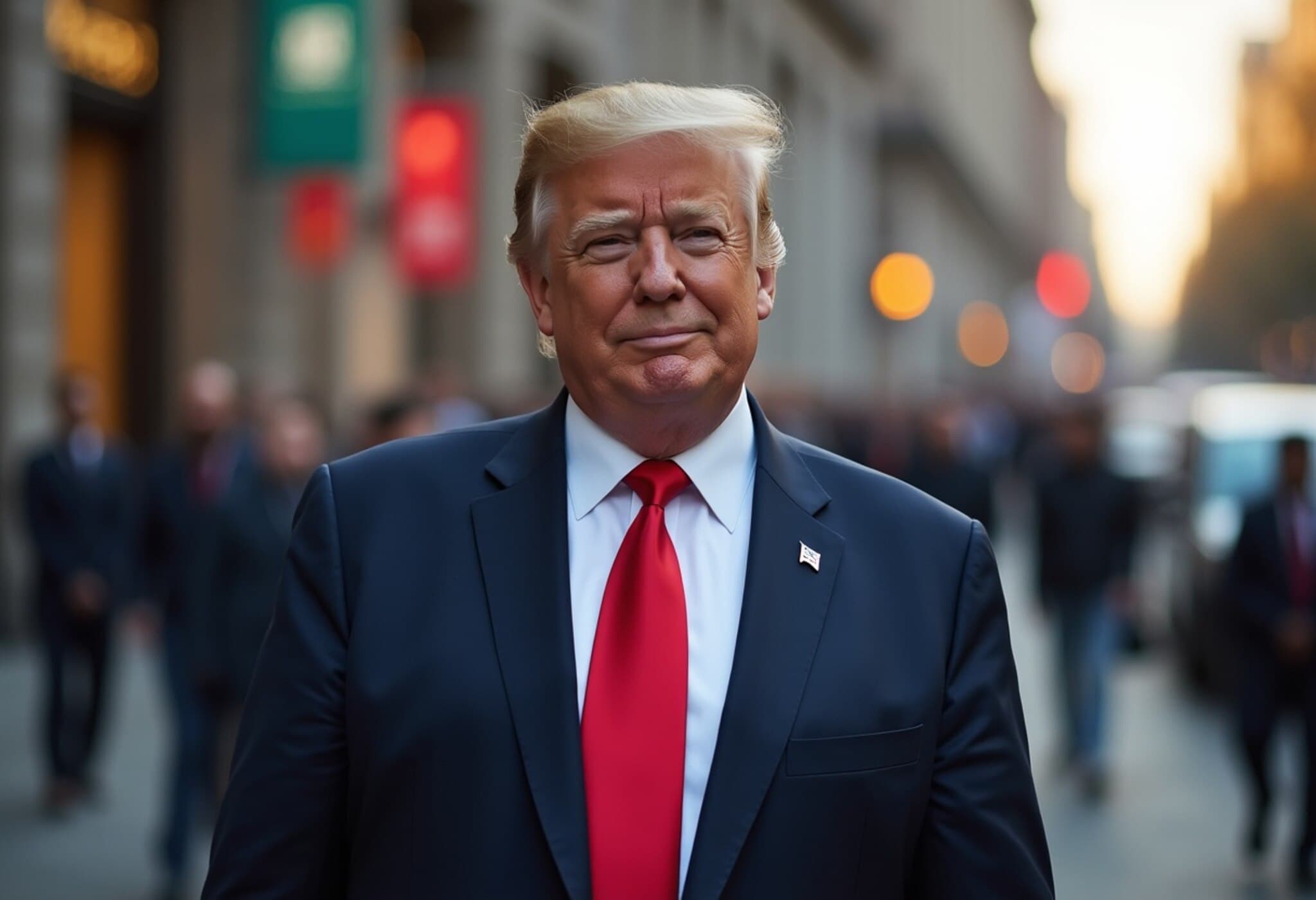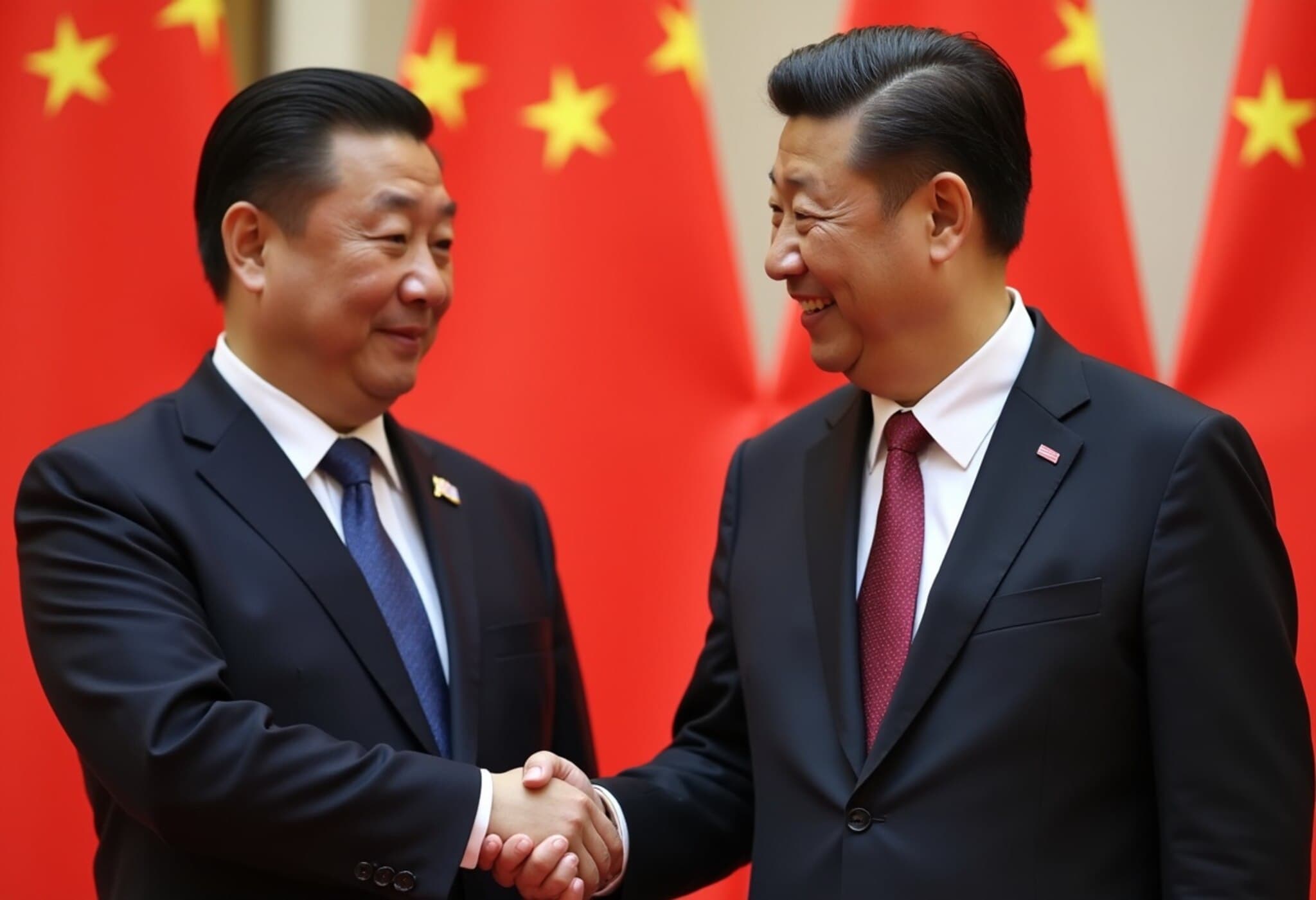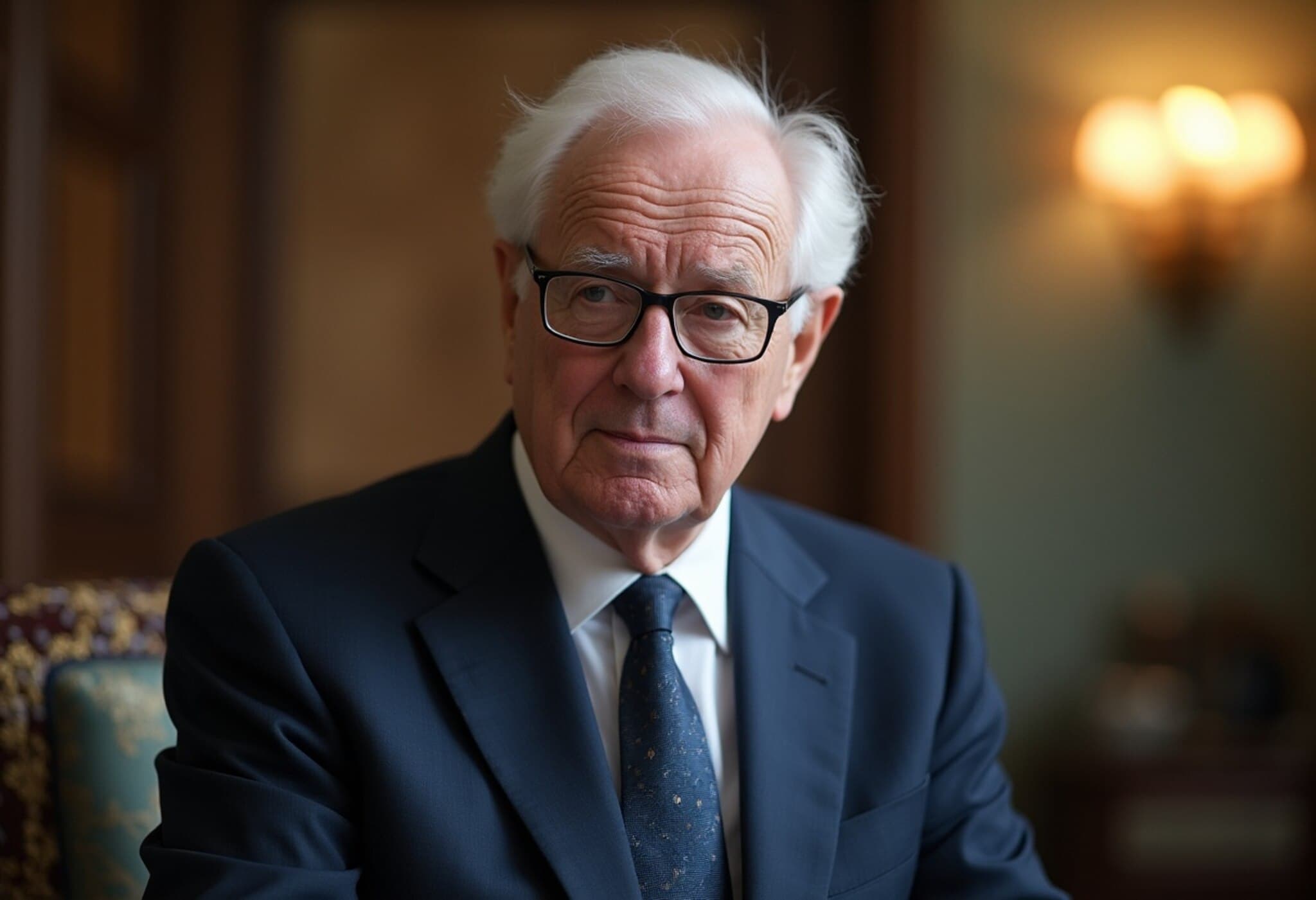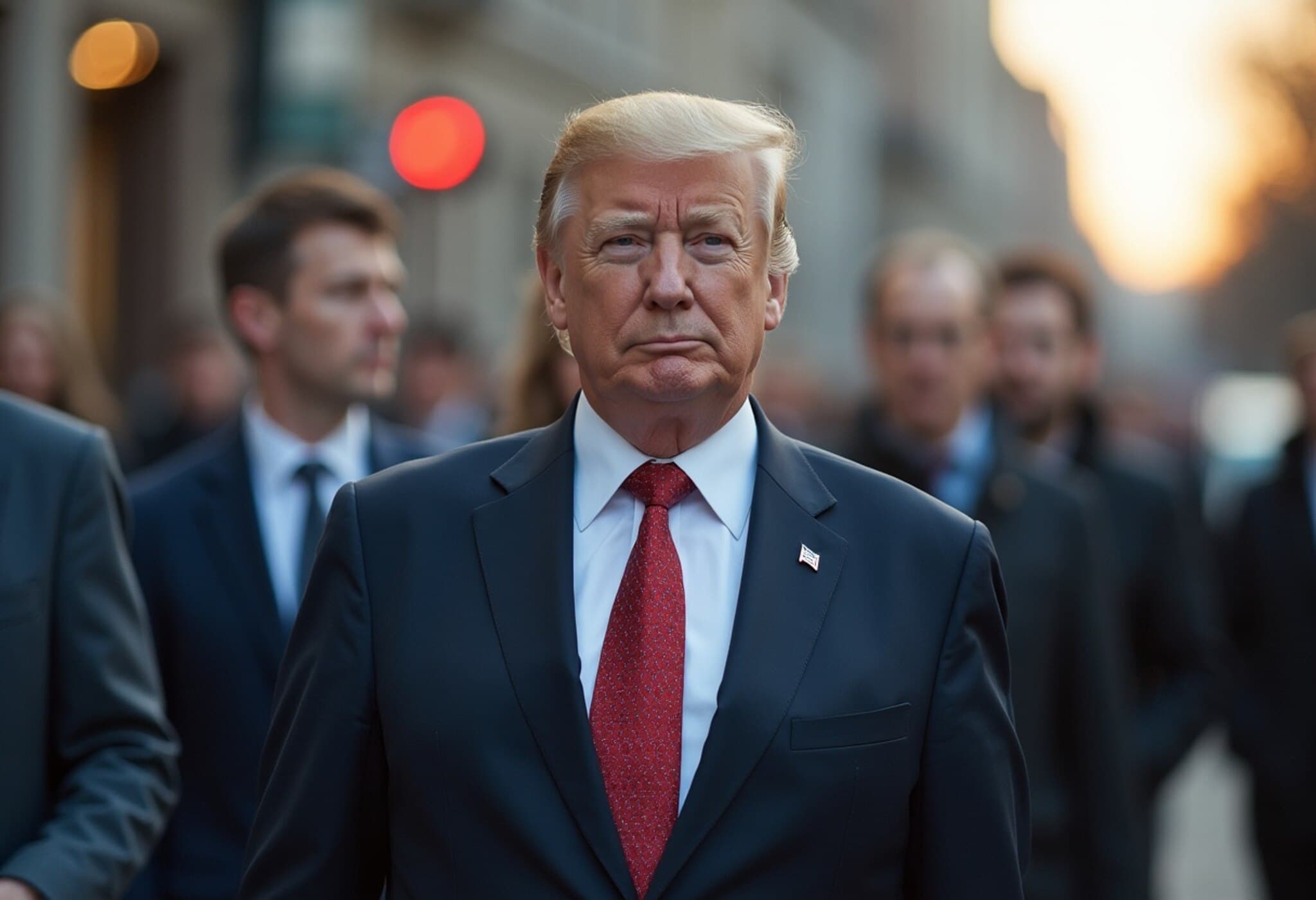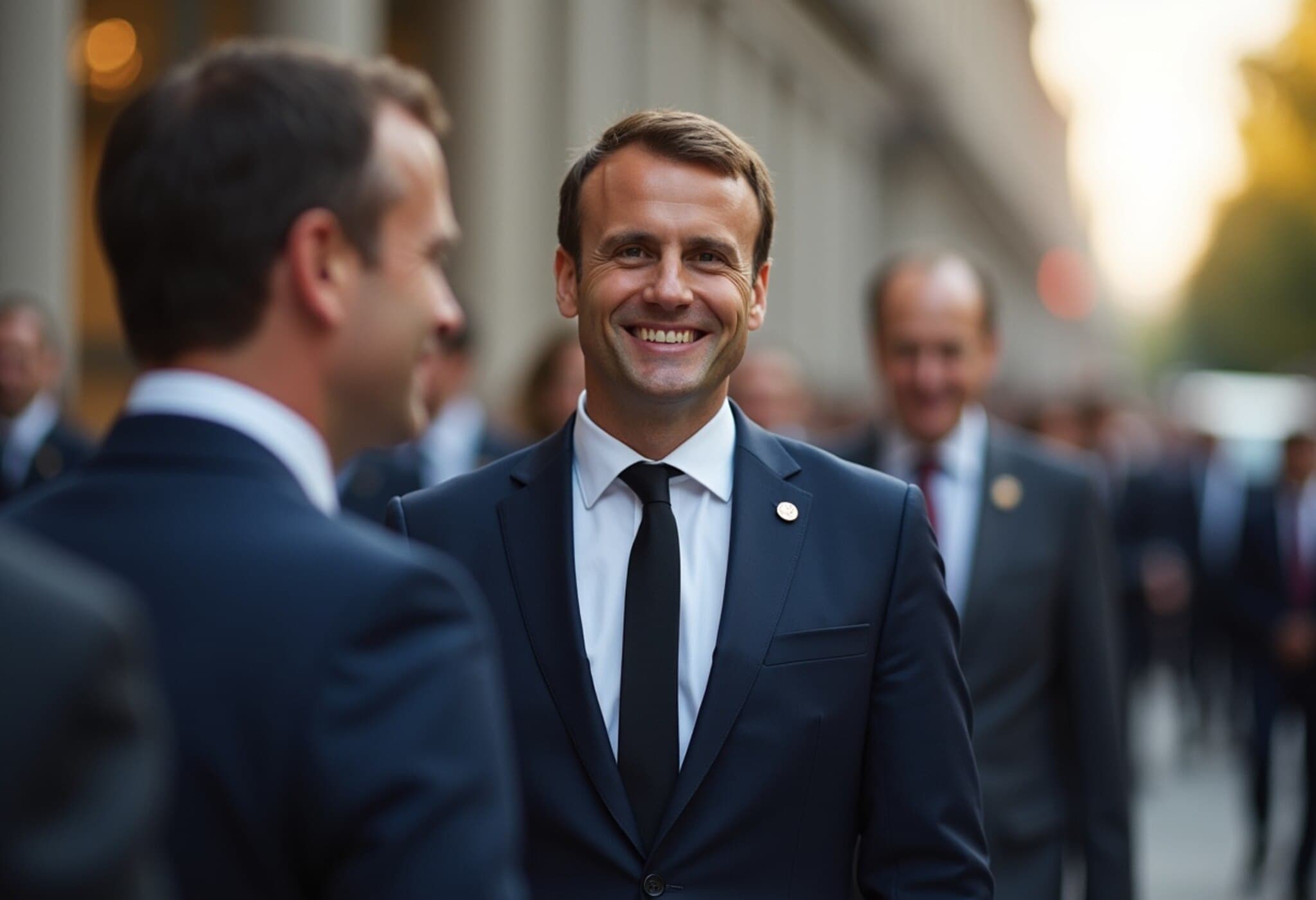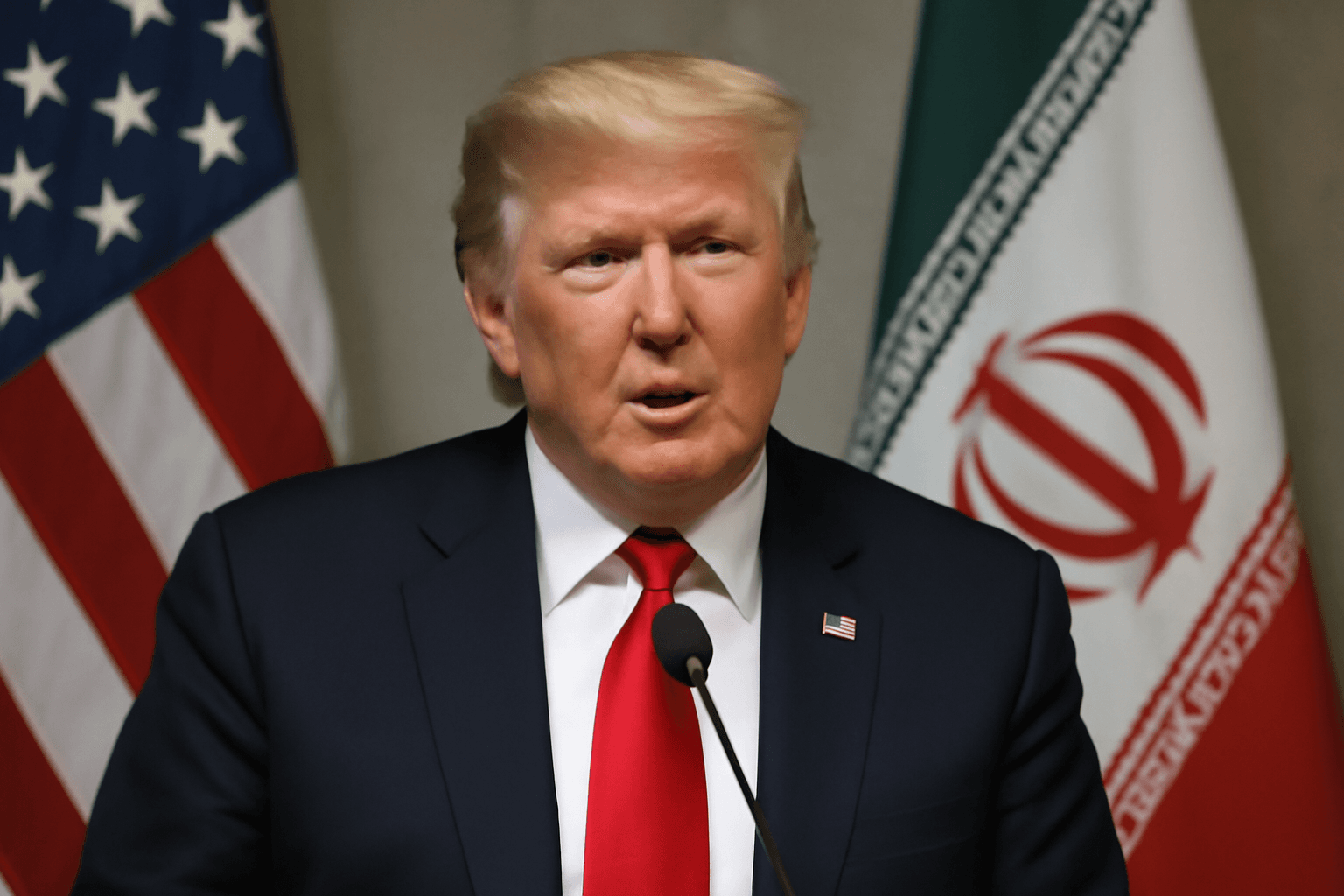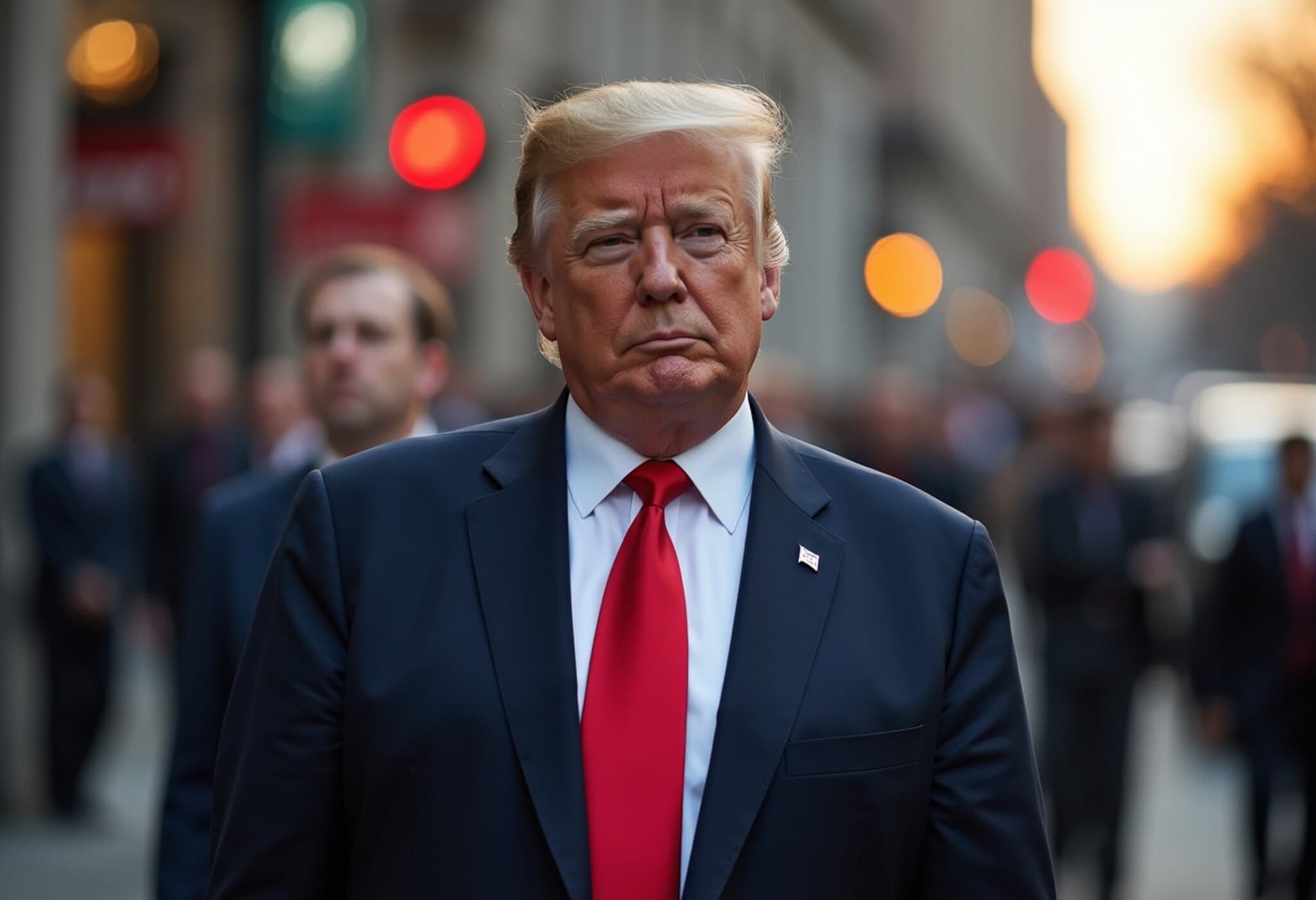The Unraveling of a Seven-Decade Alliance
For more than 70 years, the transatlantic relationship between the United States and Europe has served as the backbone of Western defense and foreign policy. This partnership, cemented in the aftermath of World War II, fostered collaboration on security, trade, and geopolitical challenges. However, under former President Donald Trump’s leadership, this long-standing alliance has experienced significant friction, raising alarms about a potential 'divorce' between the two powers.
Key Areas of Divergence Between the U.S. and Europe
Trump’s tenure reshaped America’s stance toward Europe across multiple domains, including security commitments, geopolitical strategies, trade policies, and even domestic political landscapes. Below, we examine four critical fault lines highlighting this growing divide.
1. NATO Under Siege: Is Collective Defense at Risk?
Donald Trump’s antagonism toward NATO allies has been no secret. He persistently criticized member nations for what he perceived as insufficient defense spending, putting pressure on European countries to increase their military budgets. More worryingly, Trump’s rhetoric leading to the 2024 U.S. presidential election included statements suggesting a willingness to allow Russia to advance into European countries if they failed to align with U.S. interests.
This undermines the Article 5 collective defense principle—the heart of NATO’s strength—which mandates that an attack on one ally is considered an attack on all. Experts like Jamie Metzl, Senior Fellow at the Atlantic Council and former White House National Security Council official, warn that any failure by NATO to respond decisively to limited Russian incursions (such as a hypothetical attack on Lithuania) could mark the alliance’s demise. This scenario would not only embolden Moscow but also destabilize Eastern Europe, threatening the broader balance of power.
2. Geopolitical Contrasts: Trump’s Russia-Friendly Approach vs. Europe’s Security Concerns
Where European leaders view Russia as a principal security threat—especially after Moscow’s invasion of Ukraine—Trump has often taken a starkly different stance. Instead of maintaining pressure through sanctions and diplomatic isolation, Trump sought to improve relations with Russian President Vladimir Putin, even at times expressing admiration.
Europe worries that this approach weakens coordinated resistance against Russian aggression and could embolden Kremlin ambitions further. The contradiction extends beyond Europe; for instance, Trump’s unwavering support for Israel’s military actions in the Gaza Strip contrasts with Europe’s more critical approach and humanitarian concerns.
3. Trade Tensions: The Tariff Wars Threatening Transatlantic Commerce
Trade, the lifeblood of the U.S.-EU relationship—representing the world’s two largest economies—has also been strained. Trump implemented tariffs reaching 30% on some European goods, casting uncertainty on transatlantic commerce. The European Union’s Vice-President for Interinstitutional Relations, Maros Sefcovic, explicitly warned that maintaining such tariffs could render current trade frameworks untenable, damaging businesses and consumers on both sides.
This tariff conflict signals a shift away from economic cooperation toward protectionism, creating ripple effects across global markets and supply chains.
4. Political Interference: Supporting Far-Right Movements and Undermining Democratic Norms
Perhaps less reported but equally consequential is the U.S.’ perceived interference in European domestic politics through Trump’s endorsements of far-right parties. From backing Germany’s Alternative for Germany (AfD) to promoting nationalist candidates in Poland and France, Trump’s political maneuvers have stoked fears of rising extremism and challenged centrist, moderate political forces.
Relatedly, high-profile figures aligned with Trump, such as Elon Musk, have also reportedly supported fringe parties, fueling debates about foreign influence and the health of European democracies.
Contextual Insight: What Does This Mean for the Transatlantic Future?
While the transatlantic alliance has weathered storms before, the combination of security doubts, geopolitical rifts, trade conflicts, and political interference creates unprecedented challenges. From an American policy perspective, sustained unpredictability threatens the credibility of U.S. guarantees to European partners.
For Europe, the stakes could not be higher. Without assured U.S. backing, European nations face difficult decisions about bolstering their own defense capabilities, potentially reshaping NATO or building alternative security architectures.
Moreover, the Trump-led era’s ideological shifts raise questions about shared values that underpin this alliance, such as democracy, rule of law, and human rights.
Looking Ahead: Navigating a Complex Relationship
- Restoring Trust: Future U.S. administrations will need to rebuild trust with European allies to prevent further deterioration.
- Strengthening NATO: Ensuring Article 5 remains inviolate is critical for deterring aggression.
- Balancing Trade: Constructive dialogue to ease tariff tensions will benefit both economies and global stability.
- Safeguarding Democracies: Both sides must resist foreign interference and uphold democratic norms.
Editor’s Note
The evolving dynamic between the United States and Europe under Donald Trump’s influence signals more than mere policy disagreements; it highlights a potential realignment in Western alliances shaped by competing visions of security, sovereignty, and shared values. As global threats grow more complex—from authoritarian ambitions to economic disruptions—this transatlantic relationship’s resilience is more vital than ever. Readers are encouraged to consider: How might Europe balance its security needs amid shifting U.S. priorities? Can new leadership restore a partnership that has underpinned global stability for decades? The coming years will be critical in answering these pressing questions.

